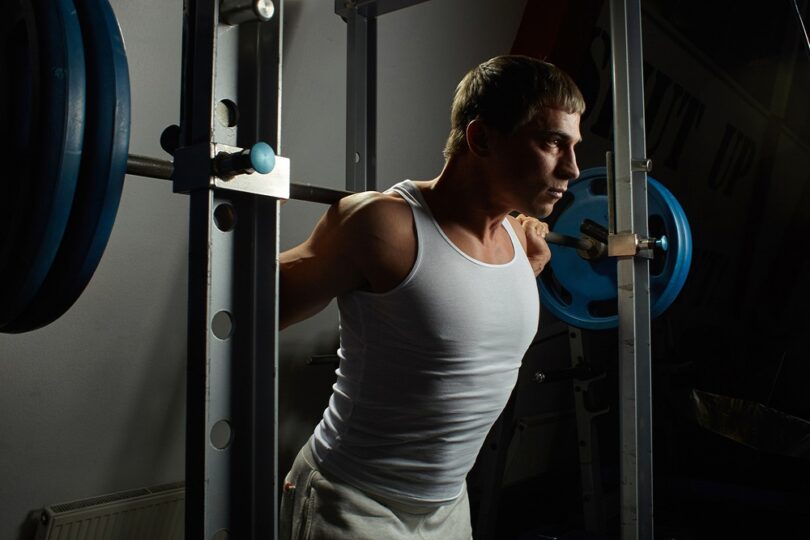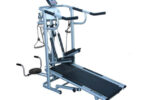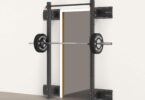When it comes to setting up a home gym, two popular options for strength training equipment are the power rack and the wall mount. Both offer unique advantages and disadvantages that should be considered before making a decision.
Power Rack: A power rack, also known as a power cage or squat cage, is a large metal frame with four vertical posts and two horizontal safety bars. It is designed for lifting heavy weights safely and with proper form. The bars can be adjusted to different heights to accommodate different exercises and user heights. Some power racks also have additional features such as pull-up bars, dip bars, and weight storage.
Advantages of Power Rack: One of the biggest advantages of a power rack is its versatility. It can be used for a variety of exercises including squats, bench press, overhead press, deadlifts, and pull-ups. The safety bars also make it possible to lift heavy weights without a spotter, reducing the risk of injury. Additionally, the weight storage can help keep the gym organized and reduce clutter.
Disadvantages of Power Rack: The main disadvantage of a power rack is its size. It can take up a lot of space in a home gym and may not be practical for those with limited space. The price point can also be a deterrent for some, as power racks can be expensive.
Wall Mount: A wall mount, also known as a squat stand or a rig, is a smaller alternative to a power rack. It is mounted to the wall and typically has two vertical posts with adjustable horizontal bars. It is designed for lifting weights and can be used for a variety of exercises including squats, bench press, and pull-ups.
Advantages of Wall Mount: The biggest advantage of a wall mount is its space-saving design. It is much smaller than a power rack and can be mounted to the wall, freeing up floor space. It is also typically less expensive than a power rack, making it more accessible for those on a budget.
Disadvantages of Wall Mount: The main disadvantage of a wall mount is its lack of safety features. Without safety bars, lifting heavy weights can be dangerous without a spotter. Additionally, a wall mount may not be as stable as a power rack, which can make some users feel less secure when lifting.
Ultimately, the decision between a power rack and a wall mount will come down to personal preference and available space. If space is not an issue and safety is a top priority, a power rack may be the best option. However, if space is limited and budget is a concern, a wall mount may be a more practical choice.








